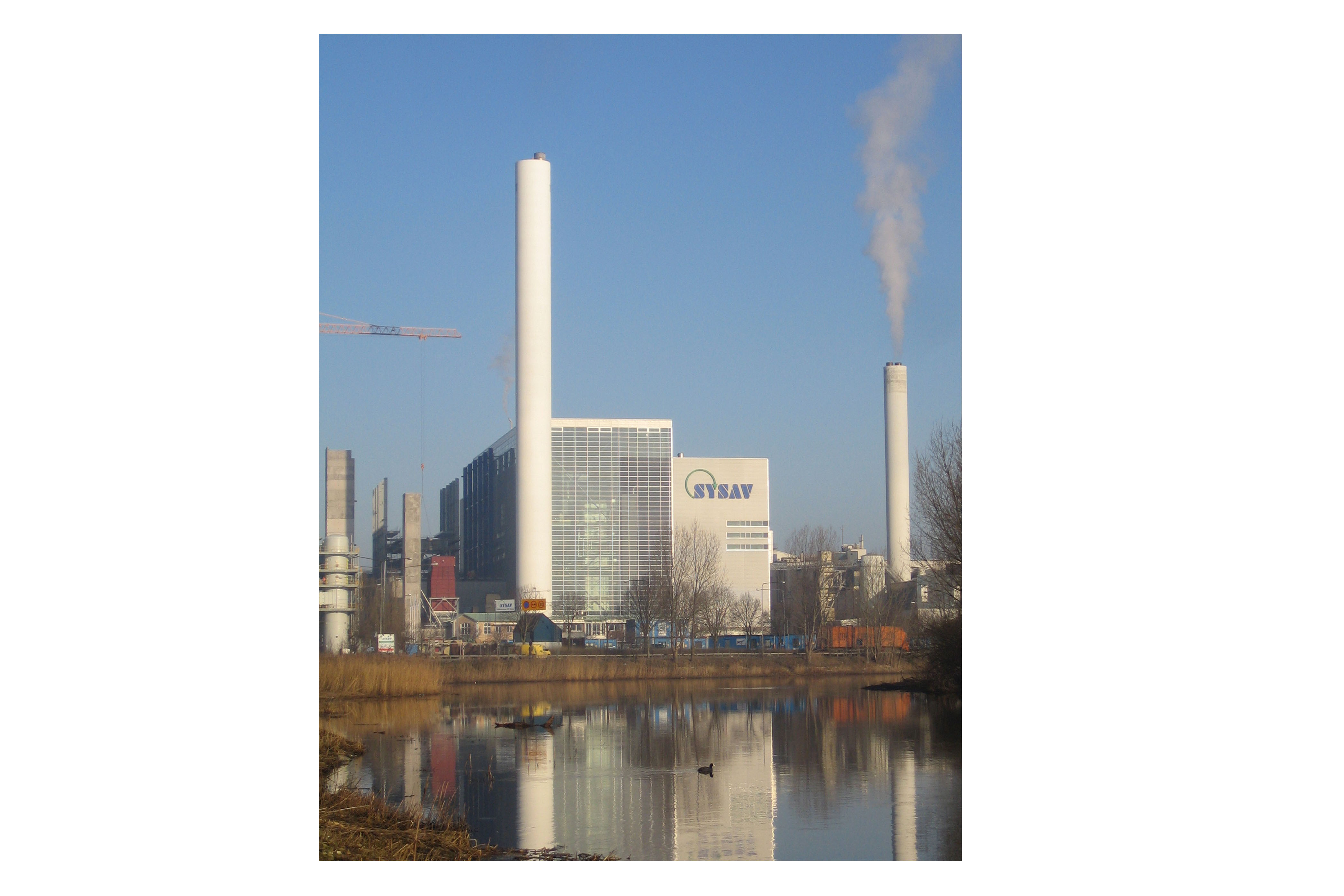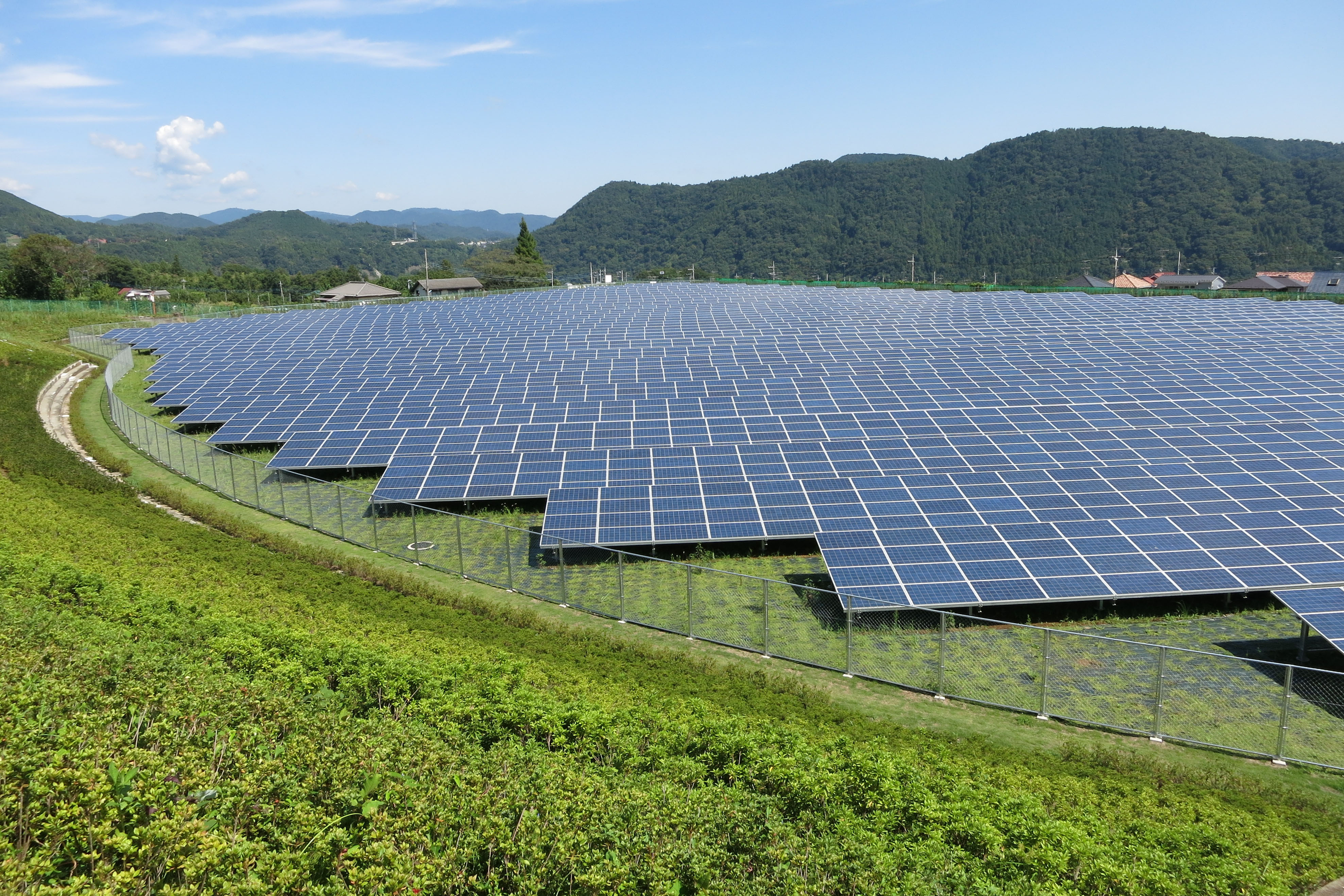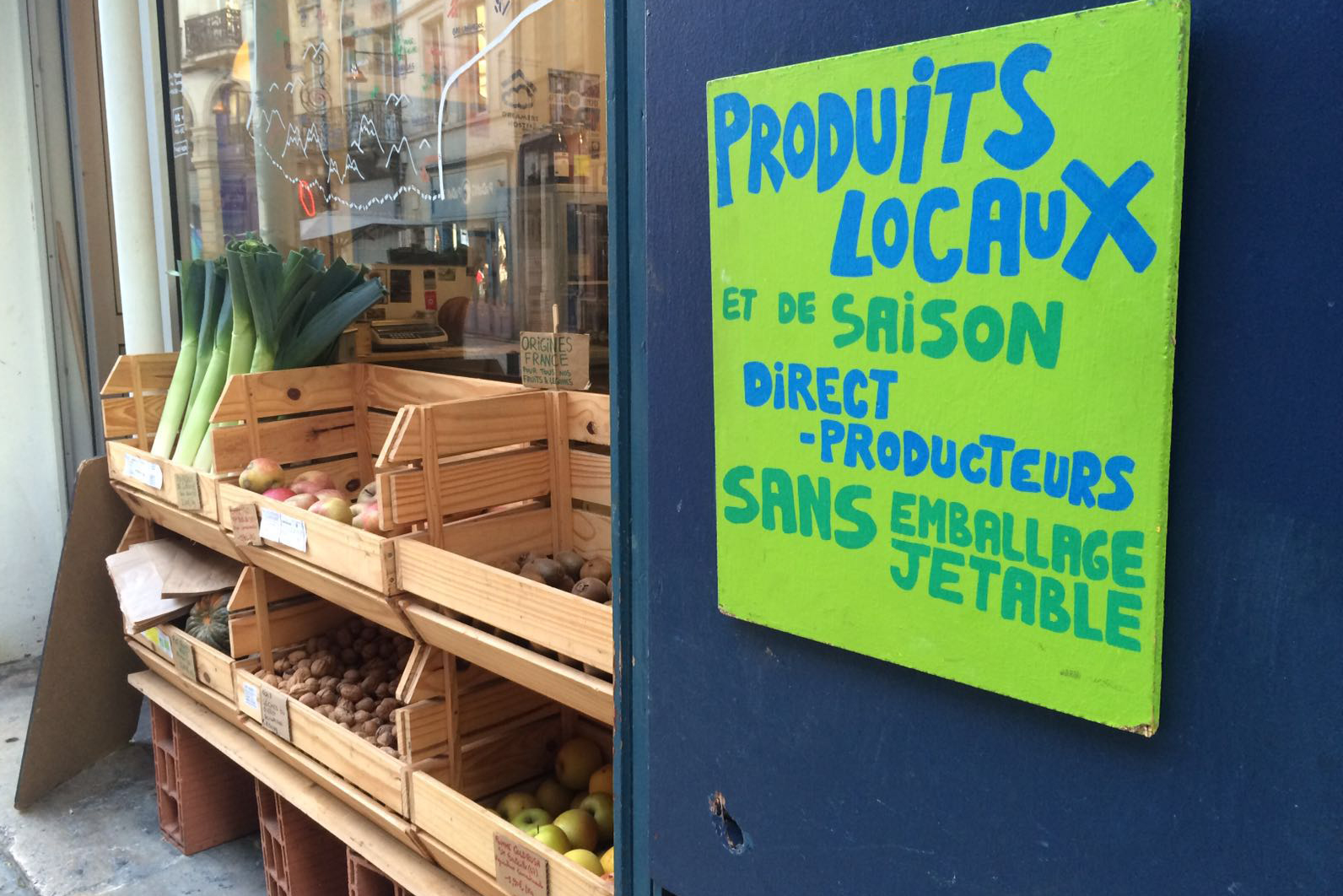“The average person generates over 4 pounds of trash every day and about 1.5 tons of solid waste per year,” reported dosomething.org in their campaign focused on recycling programs in the U.S.
While around 70 percent of our waste is recyclable, only about 30 percent actually makes it to the recycling bin, making the U.S. a leading contributor to the world’s waste issues. Most of this waste ends up in one of two places: landfills that pollute air and water and give off toxic fumes or in the ocean, where it’s ingested by birds, turtles and other sea creatures.
“There are 5.25 trillion pieces of plastic debris in the ocean,” wrote National Geographic. Most of it is plastic. Around 85 percent of the world’s plastic ends up in the ocean.
Fortunately, Sweden may have an answer to the problem: converting it to energy through incineration plants.
According to the Swedish government, the first Swedish garbage incineration plant was built in 1904 in Stockholm. Over the last 100 years, Sweden has dramatically improved recycling initiatives. There are now 32 incineration plants in Sweden and citizens recycle up to 99 percent of individual household waste.
These incineration plants produce heat for 810,000 households and electricity for 250,000 private houses, making Sweden the world leader on sustainable recycling and garbage waste disposal. Sweden began making strict recycling initiatives back in the ’70s; now they are paying out big. But they aren’t stopping there.
The local recycling programs are so successful that Sweden doesn’t produce enough garbage to fully operate their incinerators. As a result, they now import around 700,000 tons of waste from other countries in the EU and would like to import from the U.S. as well.
Sweden has all their bases covered. Their garbage incinerators are 99.9 percent non-toxic; the fumes only contain carbon dioxide and water. To be completely safe, the fumes are filtered through water which is then used to refill abandoned mines. The ash created from the burning is separated into metals used for porcelain and tile and sifted ash for gravel for road construction.
While I enjoy the availability of recycling in Portland, we are an exception in the U.S. Compared to Sweden’s sustainable efforts, even Portland isn’t doing enough. A report from Al Jazeera News cites the U.S. as the top contributor to the garbage problem, producing over 29 million tons per year. Although I don’t see the U.S. taking measures to export their garbage anytime soon, the U.S. can learn some valuable techniques in waste disposal from Sweden.
Most of the U.S. doesn’t have sufficient recycling protocols. “In the U.S. only ten states–including California, Maine, Massachusetts, and Connecticut–have enacted container deposit laws,” wrote National Geographic.
The return rates for those who do have them is low, leaving people little motivation to take the extra step to recycle something versus just tossing it out. We need to make our culture more recycle-friendly and give greater incentives to recycle, such as increasing the bottle deposit return.
Sweden makes recycling convenient and cheap. Recycling stations are placed no more than 300 meters away from residential areas. They separate various items in bins by their house that are later picked up or drop them off at a recycling facility. Everything from newspapers, glass and light bulbs, to batteries and food waste, is recycled in separate containers.
Furthermore, the countries who export garbage to Sweden see the benefits as well. According to The Huffington Post, “European nations don’t have the capacity to incinerate garbage themselves due to various taxes and bans across the EU that prevent landfill waste.” Sweden is willing to help solve this problem.
There are some drawbacks to Sweden’s recycling program. Incineration plants are expensive to start and some researchers believe that even though gas emissions are improved compared to open-air burning facilities, dioxins are still an environmental pollutant. The Swedish EPA is focusing on minimizing these emissions.
Furthermore, there are some items that just aren’t possible to recycle, so the program will never reach 100 percent.
While this may be the case, Sweden is a prime example of how to sustainably handle garbage and to improve future recycling policies.






